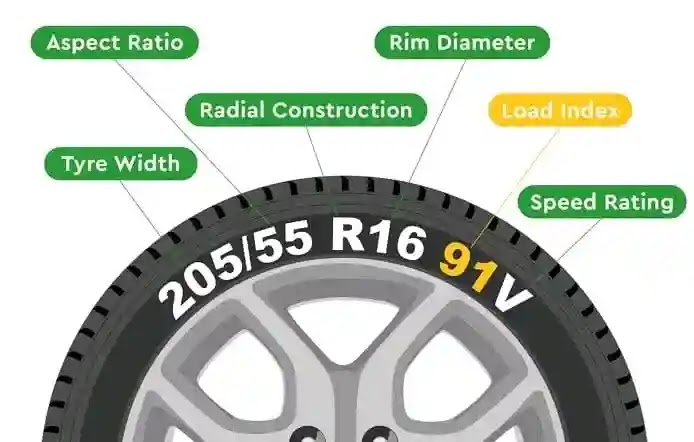If you pressure a guide transmission vehicle, you recognize that shifting gears is an vital part of the using experience. You need to pick the proper gear for the precise speed and situations, the usage of the grasp pedal to have interaction and disengage the engine from the transmission. But what occurs in case you make a mistake and shift to the wrong tools? What in case you shift into first gear while driving at a hundred thirty mph? What could appear to your car and to you?
Transmission System Damage
First and foremost, moving into first gear whilst using at a high velocity like 130 mph is extremely dangerous on your vehicle's transmission machine. The transmission machine isn't designed to handle excessive speeds in first tools. Doing so can purpose:
.Severe Gearbox Damage: First equipment is designed to address low speeds and excessive torque, however at a hundred thirty mph, it may destroy or grow to be seriously broken.
.Clutch Burnout: The grasp pedal can get burnt out because of the huge pressure located on it.
.Internal Part Breakage: Internal additives of the transmission can shatter, leading to costly repairs.
Engine Risks
Secondly, your engine could be at enormous threat. Normally, an engine has a most revolutions according to minute (RPM) limit that should now not be passed. Shifting to first gear at excessive speed can purpose the engine RPM to skyrocket, main to:
.Over-revving: The engine might reach its maximum RPM, probably causing valve drift, wherein the valves cannot go back to their positions in time.
.Internal Engine Damage: Components like pistons, valves, and connecting rods can get damaged or wreck.
.Engine Blowout: In intense cases, the engine may blow out completely, causing permanent harm and posing serious danger to the driving force and passengers.
Safety Hazards for Driver and Passengers
These technical risks may have a considerable impact in your safety:
.Loss of Vehicle Control: The car ought to lose control because of unexpected transmission or engine failure, leading to injuries.
.Severe Accidents: Losing control should result in intense injuries, probably causing foremost accidents or maybe fatalities.
Conclusion
Shifting into first equipment while riding at high velocity like a hundred thirty mph is extraordinarily risky to your transmission machine, engine, and private safety. The transmission and engine can suffer intense harm, and you can lose control of your automobile, leading to severe injuries. Always ensure you shift gears efficaciously and at the proper instances to avoid those disastrous outcomes.

















.jpg)


